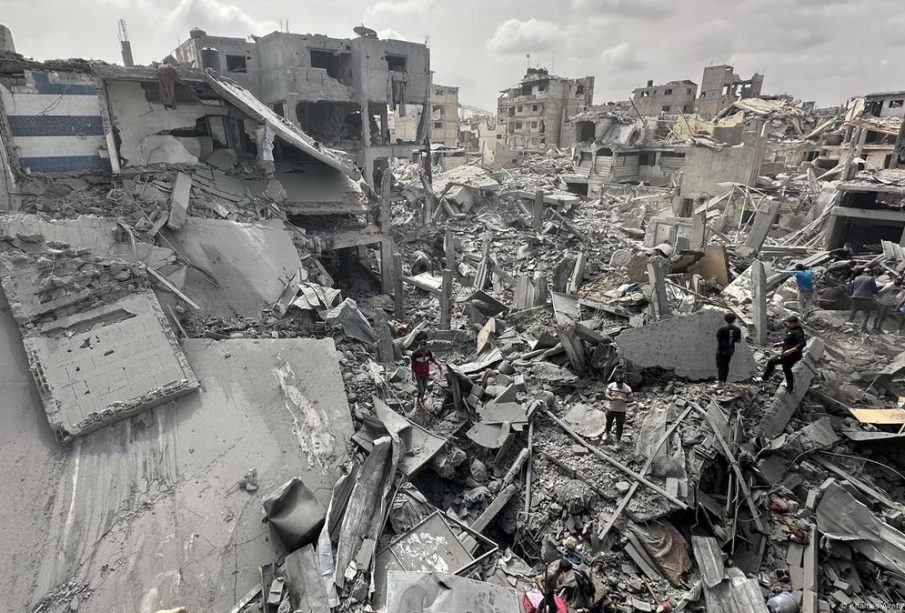Gaza 2025: Envisioning a Future of Reconstruction and Peace

Introduction
The Gaza Strip has been at the center of ongoing conflict for decades, affecting millions and reshaping regional dynamics. As we look towards 2025, the region faces critical challenges and opportunities for eventual peace and prosperity. Understanding the socio-political landscape of Gaza is essential for comprehending broader Middle Eastern geopolitics and humanitarian efforts in the region.
Current Situation
As of 2023, Gaza remains a focal point of international concern due to its humanitarian crisis, political instability, and repeated military conflicts. Over 2 million residents live in densely populated conditions with limited access to essential services such as healthcare, clean water, and education. The reconstruction efforts following the violence of previous years have been slow, complicated by internal political divisions and external blockades.
Prospects for 2025
Looking ahead, several factors could shape the future of Gaza by 2025:
- Reconstruction Efforts: International stakeholders and NGOs are actively working to provide humanitarian assistance and support reconstruction projects. Significant investments from foreign nations may lead to infrastructure improvements, including schools, hospitals, and housing.
- Political Developments: The political landscape in Gaza, particularly concerning the roles of Hamas and the Palestinian Authority, will be influential in shaping future governance and peace initiatives. Efforts toward reconciliation between the factions could pave the way for more stability.
- Potential Peace Initiatives: The ongoing dialogue facilitated by international powers presents an opportunity for renewed peace talks, focusing on long-term solutions. A conducive environment for negotiations may arise if mutual concessions and trust-building measures are prioritized.
Regional Implications
The outcome in Gaza will not only affect its residents but will also influence broader regional stability. Changes in Gaza’s political and social landscape could impact relations between neighboring countries, including Israel and Egypt, and lead to shifts in regional security dynamics.
Conclusion
The year 2025 is poised to be a pivotal moment for the Gaza Strip. The potential for reconstruction, coupled with the need for political reconciliation and peace initiatives, suggests a mixed future, fraught with challenges but also brimming with hope. As stakeholders and the international community engage with this complex landscape, it is crucial for global awareness and support to continue, fostering an environment where peace and stability may eventually flourish in Gaza.









